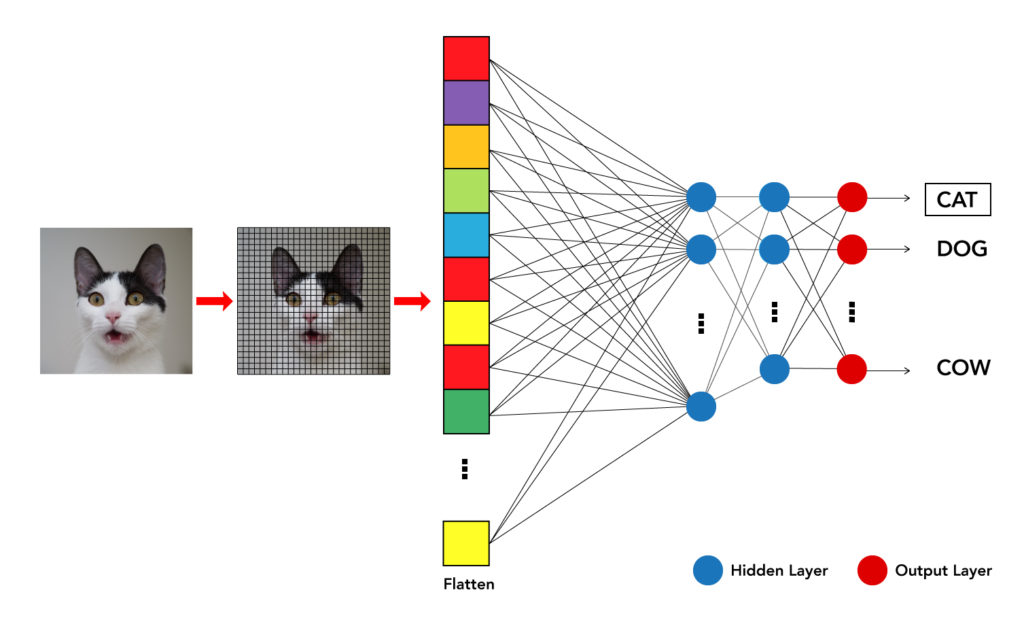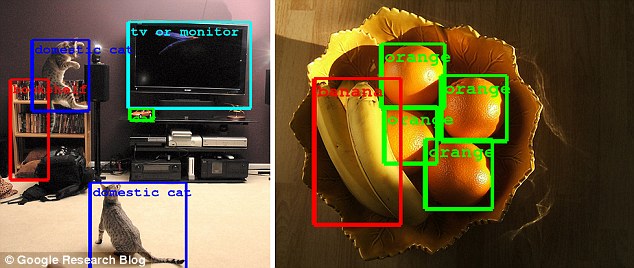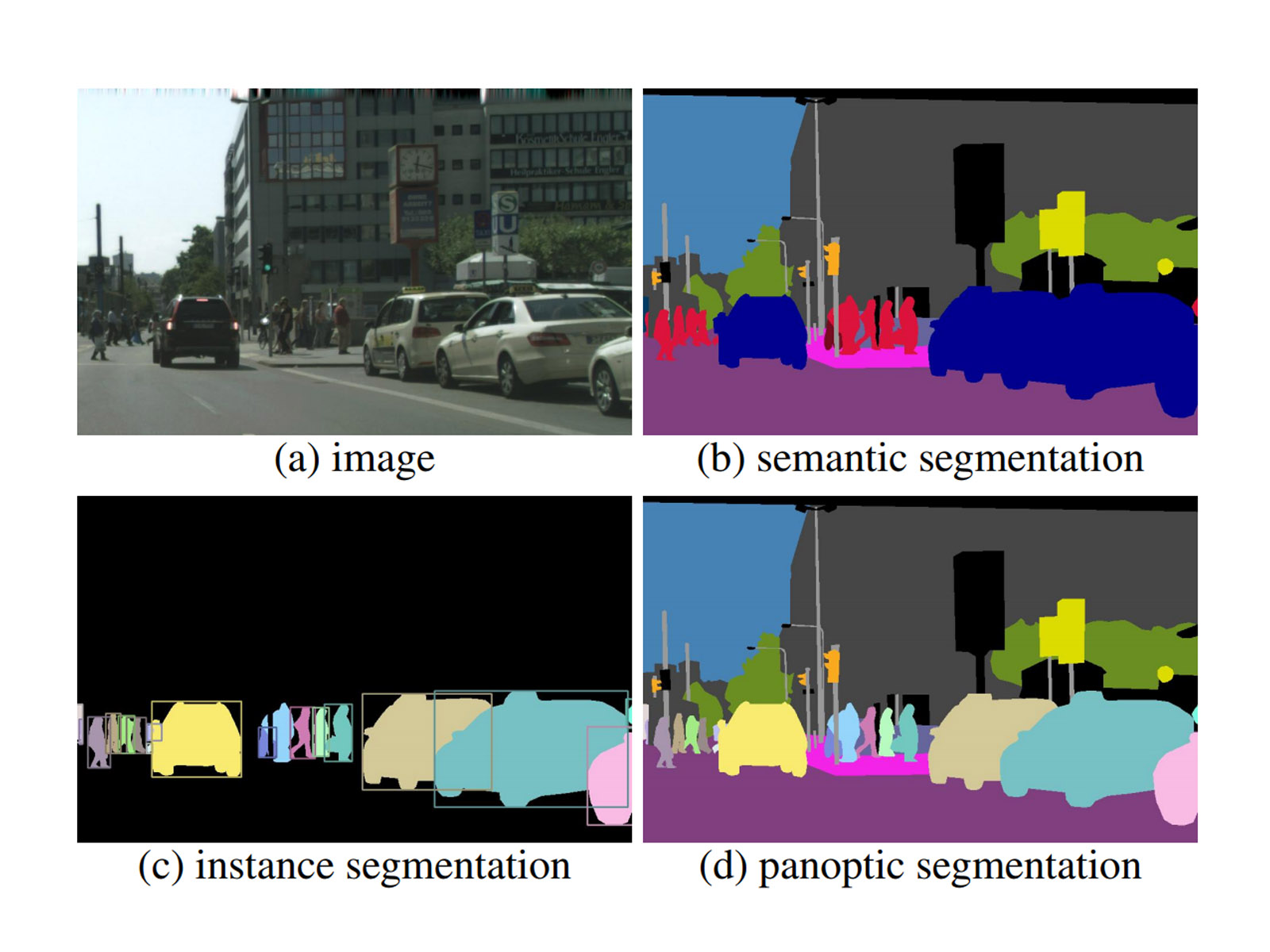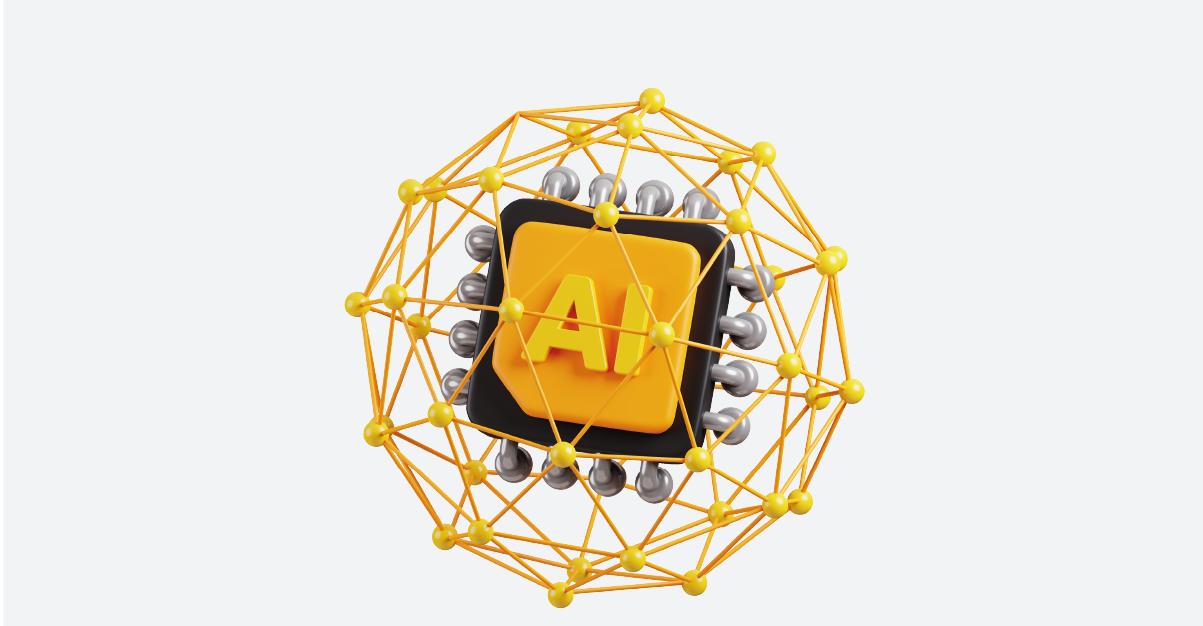AI image recognition has emerged as a groundbreaking technology, revolutionizing the way we analyze and interpret visual data. With the advent of deep learning algorithms and neural networks, machines are now capable of understanding images and making intelligent decisions based on visual information. In this article, we will explore the intricacies of AI image recognition, its applications across industries, and the challenges it faces.
How AI Image Recognition Works

AI image recognition involves the process of training machines to identify and classify objects or patterns in images. This technology relies on sophisticated algorithms that learn from vast amounts of labeled data. Here is a brief overview of how artificial intelligence image recognition works:
- Image Preprocessing and Feature Extraction: Before training a model, images undergo preprocessing techniques such as resizing, cropping, and normalization. This step ensures consistency and improves the efficiency of subsequent processes. Feature extraction algorithms then extract relevant visual features from the images, enabling the model to identify distinct patterns.
- Training a Deep Learning Model: Deep learning models, such as convolutional neural networks (CNNs), are widely used for image recognition tasks. These models consist of multiple layers of interconnected artificial neurons that mimic the human brain’s structure. During training, the model learns to recognize patterns and objects by adjusting the weights of its neurons based on the labeled data.
- Classification and Object Detection: Once the model trains, it classifies images into predefined categories or detects specific objects within an image. Classification involves assigning a label to an entire image, while object detection identifies and localizes multiple objects within an image.
Benefits of AI Image Recognition
AI image recognition offers numerous benefits across various industries. Let’s explore some of the key advantages:
- Automation and Efficiency: AI image recognition automates tasks that were previously done manually. This technology can quickly analyze large volumes of visual data, saving time and resources.
- Improved Accuracy and Reliability: AI image recognition systems can achieve higher accuracy levels compared to human capabilities. Machines consistently analyze images without experiencing fatigue, distractions, or biases.
- Enhanced Security and Safety: Artificial intelligence image recognition plays a crucial role in security systems, enabling the identification of individuals, objects, or behaviors in real-time. This technology enhances safety in public spaces, airports, and critical infrastructure.
Applications of Computer Vision Image Detection

AI image recognition finds applications in various industries, transforming the way businesses operate. Here are some notable use cases:
- Healthcare and Medical Imaging: Artificial intelligence image recognition is revolutionizing medical diagnostics by aiding in the interpretation of medical images, such as X-rays, MRIs, and CT scans. It helps detect anomalies, tumors, and other medical conditions with greater accuracy.
- Retail and E-commerce: AI image recognition enables personalized shopping experiences by analyzing customer preferences and recommending relevant products. It also facilitates visual search, allowing users to find similar products based on images.
- Autonomous Vehicles: Artificial intelligence image recognition is crucial for the development of self-driving cars. It helps vehicles perceive and interpret the surrounding environment, detecting pedestrians, traffic signs, and other vehicles.
- Security and Surveillance: AI image recognition enhances security systems by identifying suspicious activities, recognizing faces, and detecting unauthorized objects. It aids in public safety, crime prevention, and threat detection.
- Social Media and Content Moderation: Platforms leverage artificial intelligence image recognition to moderate content and identify inappropriate or harmful images, videos, and texts. This technology helps maintain a safe and inclusive online environment.
Challenges and Limitations of Artificial Intelligence Image Recognition

While artificial intelligence image recognition offers tremendous potential, it also faces several challenges and limitations:
- Data Quality and Bias Issues: AI models heavily rely on high-quality and diverse training data. If the training data contains biases or is not representative of real-world scenarios, it can lead to biased predictions and inaccurate results.
- Robustness and Adversarial Attacks: Artificial intelligence image recognition systems can be vulnerable to adversarial attacks, where malicious actors manipulate images to deceive the models. These attacks can lead to misclassification or incorrect object detection.
- Ethical Considerations and Privacy Concerns: Artificial intelligence image recognition raises ethical concerns related to privacy, surveillance, and the potential misuse of visual data. Striking the right balance between technological advancements and individual rights is a critical challenge.
Future Trends in Artificial Intelligence Image Detection
The field of artificial intelligence image recognition is rapidly evolving, and several trends are shaping its future. Here are some notable developments to watch out for:
- Advancements in Deep Learning Techniques: Researchers are continuously developing new architectures and training methodologies to improve the performance of artificial intelligence image recognition systems. Techniques like transfer learning and generative adversarial networks (GANs) hold promise for further advancements.
- Integration with Other Technologies: Developers are integrating AI image recognition with other emerging technologies, such as augmented reality (AR) and virtual reality (VR). This integration opens up new possibilities for immersive experiences and enhanced visual analysis.
- Impact on Various Industries: Artificial intelligence image recognition will continue to transform industries such as healthcare, retail, transportation, and security. The widespread adoption of this technology will lead to increased automation, efficiency, and personalized experiences.
Case Study: AI Image Recognition in Retail – Enhancing Customer Experience and Operational Efficiency
A leading e-commerce platform implemented AI-powered image recognition to improve the customer experience with the platform. Helping in optimizing inventory tracking, and enhancing the product discovery by the customers.
The Challenges in Retail and E-commerce
Retailers and e-commerce businesses face different challenges that affect the customer experience, and the business operations.
- Difficult Product Discovery: The customer is facing some challenges in finding the needed products by searching with some keywords.
- Fraudulent Listings: The wrong product display affects the customer experience. Reduce customer trust and harm the business reputation.
- Inventory Management Issues: The inaccurate stock tracking, led to miss measurement for stock. So having a stockout or overstocking.
The AI image recognition solution helped to find solutions for these challenges. Helping to find more intelligent solutions for managing the business.
Implementation: AI-Powered Image Recognition in Action
-
Visual Search for Enhanced Customer Experience:
- The customers were able to upload images for the products that they were searching for.
- The AI recognition system was able to detect the color, shape, and texture of the product. To provide faster and more accurate results for the users.
- This technology helped to reduce the search time and increased the purchase rate.
-
Fraud Prevention and Counterfeit Detection:
- The AI scanned seller-uploaded images to detect duplicated images and incorrect ones.
- The system was able to compare the images of the products with the database. To be able to find the illegal brand usages for the products.
-
Automated Inventory Management
- The AI cameras in the warehouse were able to detect the stock level in real-time.
- The system was able to detect the misplaced item and provide insights into the customer’s demons.
- The system was provided for the retailer, to be able to restock the product at the right time.
Results and Business Impact
The implementation of the image recognition system led to significant improvement in many key metrics.
- 30% Increase in Conversion Rates: The customers were able to find the products faster. Leading to an increase in the purchase rate.
- 50% Reduction in Fraudulent Listings: The AI detected the fake products from the website, and removed them from the pages. Leading to enhance the customer’s trust in the brand.
- 20% Improvement in Inventory Accuracy: The automated monitoring of the stock reduced human errors in stock management.
The AI technology in image recognition proved its effectiveness in the retail industry and e-commerce. Through the facilities that it provides for the company lead to ease many different tasks on the company. Helping to enhance the customer’s experience with the brand, and improve their engagement. Leaving a good reputation for the business, and getting more loyal customers in a short time.
Conclusion
Artificial intelligence image recognition is a groundbreaking technology that has revolutionized visual analysis. It offers immense potential for automation, accuracy, and safety across industries. However, challenges related to data quality, bias, and ethical considerations need to be addressed. As advancements in deep learning and integration with other technologies continue, AI image recognition will play an increasingly crucial role in shaping the future.
Ready to experience the power of AI image recognition? Request a demo from AIM Technologies today and unlock the possibilities of intelligent visual analysis in your business.
FAQs
Can AI image recognition be used for facial recognition?
- Yes, artificial intelligence image recognition is commonly used for facial recognition, enabling applications such as unlocking smartphones, identity verification, and surveillance systems.
Is AI image recognition only limited to static images?
- No, artificial intelligence image recognition can also be applied to analyze video data, enabling real-time object detection, tracking, and activity recognition.
What are the key differences between AI image recognition and computer vision?
- While artificial intelligence image recognition focuses on identifying and classifying objects in images, computer vision encompasses a broader range of techniques for understanding and interpreting visual data.
How accurate is AI image recognition compared to human perception?
- Artificial intelligence image recognition systems can achieve high levels of accuracy, often surpassing human capabilities in specific tasks. However, certain complex visual interpretations may still require human expertise.
Is AI image recognition capable of recognizing emotions?
- Yes, artificial intelligence image recognition techniques can be employed to recognize facial expressions and infer emotions based on visual cues. This has applications in areas such as sentiment analysis and customer feedback analysis.




